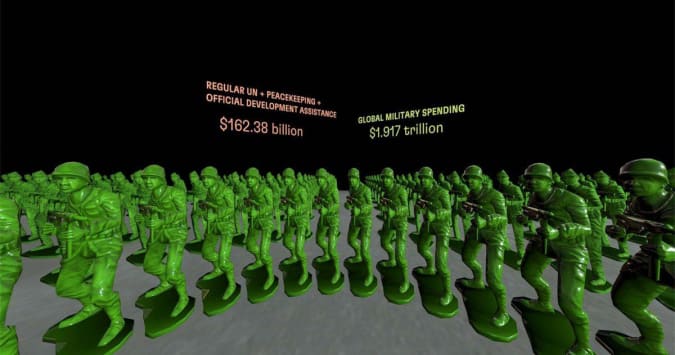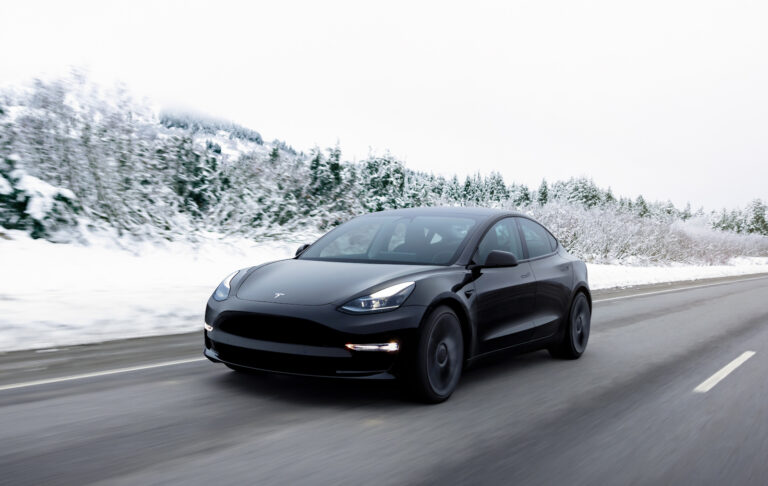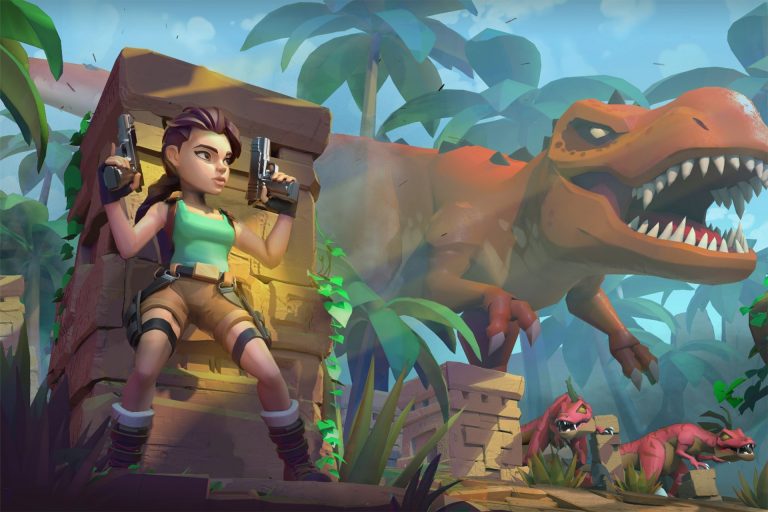The 2022 Sundance Film Festival projects we’re still thinking about
Another Sundance Film Festival has come and gone, and with it we’ve gotten a close look at some of the films and interactive experiences that’ll be the talk of 2022. After Yang, the profound story of a family dealing with the loss of their beloved android, has all the makings of an awards contender. And we have a feeling we’ll be hearing more about We Met in Virtual Reality once it’s released, as it manages to capture some moving portraits of relationships formed over VRChat.
There were some disappointments too, like TikTok, Boom, which tried and failed to tackle one of the fastest growing social platforms. We didn’t have time to cover every single project we encountered at Sundance, but just like last year, we’ve put together some quick impressions of other films and experiences that stood out.
Cosmogony
I went on quite the trip watching Cosmogony. It was screened in Sundance’s virtual cinema, where my stick figure avatar found a seat in the middle of the third row beside some other journalist. As we waited for the show to start, we could see the artists in motion-capture suits walking around and warming up in a studio in Geneva. This behind-the-scenes glimpse was helpful to keep in mind as the show progressed, reminding me it was just three individual dancers of average height putting on the performance.
That’s because the characters in Cosmogony get replicated, resized and reskinned throughout the approximately 30-minute live digital performance. The dancers’ movements are projected in real time to digital avatars in virtual 3D environments, placing them in scenes like mountains and cities. At first, I thought Cosmogony a little cheesy, especially when the performers took turns jumping off a fake cliff and roaming around some scenic areas.
But about five minutes in, Cosmogony got wild. The avatars took on strange heat-map-looking skins, grew to hundreds of feet tall, then played with tiny replicated versions of themselves. They later morphed into what looked like aggressive Pokemon thugs, before turning into what I can only describe as statues dripping golden showers in space.
It’s a ride and a visual spectacle that ended up being an unexpectedly entertaining experience that’s also a rumination on what physical boundaries might (or might not) exist in the metaverse. In a space where the laws of physics perhaps don’t matter, how might we interpret ourselves? Free from the limits of the real world, how would you express yourself or choose to appear to others? It’s an intriguing concept, and I appreciate that the team behind Cosmogony never once uttered the word “metaverse,” leaving it up to you to make your own connections. In a Sundance where the words “metaverse” and “NFT” appeared far too often for my liking, the freedom that Cosmogony affords its viewers is liberating. — Cherlynn Low, Deputy Editor
Neptune Frost
Part musical, part Afro-cyberpunk fairy tale, Neptune Frost presents a unique vision of the future via Africa, a continent typically ignored by traditional science fiction. The film follows a transgender hacker, who comes across a mystical commune filled with other people who find comfort in technology. That’s not to say they shun humanity. Instead, through its characters clad in keyboards and old motherboard components, Neptune Frost shows us a techno-utopia that celebrates community while also railing against Big Tech and a dystopian government dubbed The Authority.
“Death surrounds us,” a coltan miner says during a poetic moment at the beginning of the film. “The worker pays the price it seems. Metal precious currency. Third and first world currency. Black market currency. Drum-beat heartbeat currency. That old black body currency. Every martyr currency. All that you pay not to see.”
Co-directed by Saul Williams and Anisia Uzeyman, Neptune Frost’s experimental narrative isn’t always easy to parse, but its inventive costume design and gorgeous visuals make it truly memorable. It’s no surprise that Lin-Manuel Miranda is among the film’s producers: It’s ultimately about a group of disenfranchised people shouting for recognition through music and art. — Devindra Hardawar, Senior Editor
Neptune Frost will be released by Kino Lorber globally, but it doesn’t yet have a release date.
The State of Global Peace

Sundance
In this Oculus Quest VR experience, you play the role of a prime minister who’s gearing up to deliver a speech at the United Nations. But as you struggle to read some generic fluff from the teleprompter (something you’re asked to do aloud in VR), your presentation is hacked by a group of students. Their mission: to force you to recognize the devastating impact of climate change, income inequality, and rising militarism.
As I was going through the experience, I couldn’t help but think of how I’d eventually explain the sad state of the world to my own daughter. How could things go so fundamentally wrong? And did I do enough to help, when I had the chance? While The State of Global Peace isn’t exactly subtle, its strong message is the sort of thing every leader and so-called titan of industry should be forced to confront. — D.H.
Seven Grams
Seven Grams was one of only two New Frontier projects at Sundance this year that involved AR and it honestly didn’t need to be in that format. The experience, which you can download as an app on iOS and Android, shows you where some mineral components are in your phone, while director Karim Ben Khelifa takes you through how they’re mined. It’s an eye-opening piece that sheds light on the “conditions under which the rare materials needed to make [smartphones] are extracted, particularly in the Democratic Republic of Congo (DRC).”
I appreciated seeing an iPhone and its exploded bits float in front of me, as well as being able to move around to see it from other angles through my camera, but I quickly grew tired of having to hold up my phone. Whenever I placed my device down with the camera obstructed, the app paused, only resuming when I picked it up again. I could have just as easily been shown where the components are through an onscreen diagram.
Thankfully, only part of the experience was in AR, and I could put my phone down to watch the rest, which was told through animations. Ben Khelifa shared a gripping tale of a boy named Chance, who spent six years against his will as a child soldier for militia groups in the DRC. He was also forced to mine for gold and cassiterite, having to sleep in claustrophobic underground holes.
The project ends by calling the viewer to pledge to “repair, recycle and buy refurbished smartphones,” as well as to demand ethically manufactured smartphones with transparent and clean supply chains. It’s an important call to action and a message that more people and companies need to hear. — C.L.
All products recommended by Engadget are selected by our editorial team, independent of our parent company. Some of our stories include affiliate links. If you buy something through one of these links, we may earn an affiliate commission.






